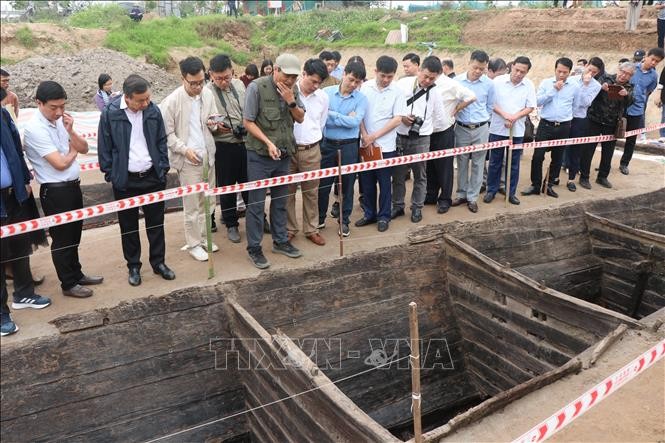
Extremely rare discovery
Although there is no official conclusion, through field research and comparison of many sources of documents, scientists assess this as an extremely rare and unique discovery in the history of Vietnamese archaeology. Archaeologists all agree that this is the first time in Vietnam that two boats with a very solid structure connected together by a wooden bar at the front of the boat have been discovered.
Dr. Pham Van Trieu, Deputy Head of the Department of Archaeology, Institute of Archaeology, Vietnam Academy of Social Sciences, Head of the archaeological team, said that the discovered ancient boat was 16.2m long, 2.25m wide, about 2.15m deep, divided into 6 compartments, with a single log bottom, and the top was joined together with mortise and tenon wooden planks. The two hulls of the boat were firmly connected together at the bow. The structure of the boat was very special with solid connections, high-level mortise and tenon techniques, all the nails were made of wood, completely without the participation of metal.
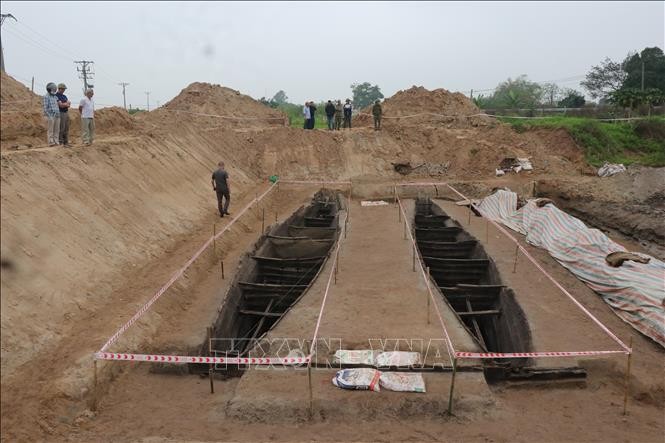
Associate Professor, Dr. Tong Trung Tin, Chairman of the Vietnam Archaeological Association, commented that although there is currently no overall conclusion about the two boats, observations show that the structure of the boats is strange. The two boats have unique and great archaeological value not only for Vietnamese archaeology but also at the world level. Scientists continue to research and compare them with waterways found in the region and the world, as well as study historical trade flows to further clarify the origin of the two boats.
In practice, many experts believe that the wood used to build the boat is Tau mat wood. The exact age has not been determined yet because we are still waiting for the results of Carbon - C14 sample analysis (after about 20-25 days) and related studies.
Associate Professor, Dr. Bui Minh Tri, Institute of Archaeology, commented that this is an international type of boat, influenced by the Asia-Pacific region, called a double-hulled boat. Based on details such as the boat nails made of wood, the planks connected by hooks and equal wooden bars, the boat may date from around the 11th - 14th century, belonging to the Ly Dynasty and is a Vietnamese boat.
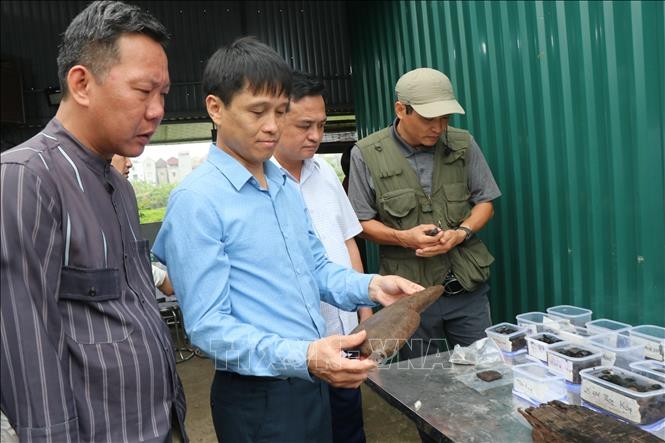
In situ conservation
Currently, the most optimal solution to preserve the two ancient boats suggested by scientists is urgent in-situ conservation while continuing to expand research.
Associate Professor, Dr. Bui Minh Tri believes that wood conservation is a difficult problem. As a scientist trained in conservation in Japan, he said that wood conservation is the most difficult problem in the world. Associate Professor, Dr. Bui Minh Tri proposed that in the immediate future, in situ conservation should be carried out with one of two options. First, fill in the archaeological area, close the relic to preserve the original state underground, and recreate 3D images above to serve tourists and locals. Option 2 is to build a tank system, immerse the boat underwater, and visitors can come and see it directly. This is an effective and sustainable solution.
"If we bring it to the provincial museum, it will be a challenge, not only in terms of finance but also in terms of preservation. We all know that if we bring the boat up, it will not be preserved in its original state, because the boat has been submerged in water for a long time, it will be difficult to keep the wood as it was originally," said Associate Professor, Dr. Bui Minh Tri.
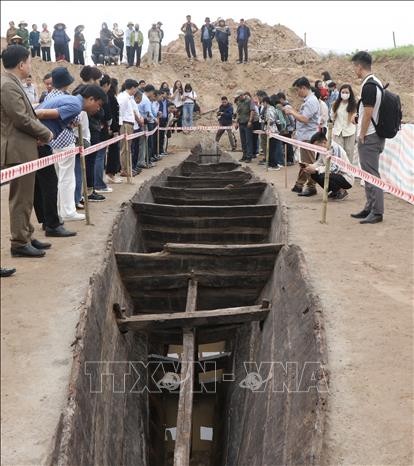
Dr. Nguyen Van Doan, Director of the National Museum of History, also stated that this boat, regardless of its age, is an extremely valuable and meaningful heritage. Therefore, investment and careful research are needed to preserve it. Without a suitable method of preservation, it will be difficult to maintain its current state, especially in the current climate conditions, preserving the wood is very difficult without careful research. The option of dismantling and bringing it to the museum is also not feasible because if the boat is brought up, it will be difficult to maintain its original shape. Therefore, in-situ preservation is the most reasonable option.
According to Associate Professor, Dr. Tong Trung Tin, Chairman of the Archaeological Association, it is necessary to continue to conduct in-depth, comprehensive and extensive research to deeply evaluate and identify its value, and at the same time propose conservation solutions. Information needs to be widely published so that foreign experts can participate in the research and know the value of Vietnamese cultural history in general and Bac Ninh cultural history in particular.
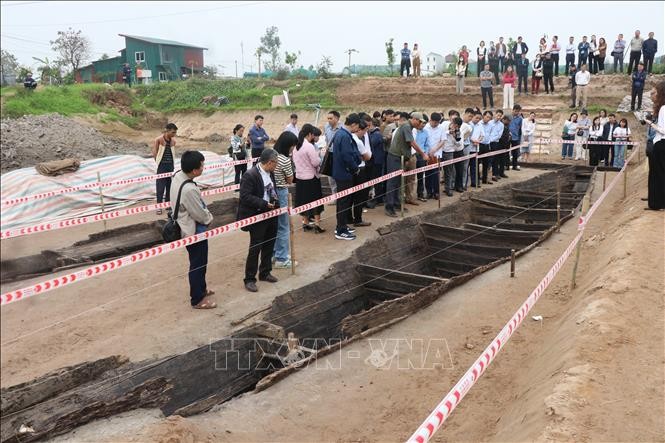
The excavation of the ancient boat started on March 3 and is expected to end on April 3, 2025, chaired by Dr. Pham Van Trieu, Deputy Head of the Department of Historical Archaeology (Institute of Archaeology). The location where the ancient boat traces were found is on the Dau River, a branch of the Thien Duc River - Duong River, flowing close to the western bank of Luy Lau Citadel, about 1 km from Luy Lau Citadel, about 600 m northeast of Dau Pagoda and about 500 m from To Pagoda (worshipping Buddha Mother Man Nuong) as the crow flies.
Source: https://baolaocai.vn/thach-thuc-trong-bao-ton-hai-chiec-thuyen-co-o-bac-ninh-post399339.html






![[Photo] Prime Minister Pham Minh Chinh chairs meeting to remove difficulties for projects](https://vstatic.vietnam.vn/vietnam/resource/IMAGE/2025/3/30/7d354a396d4e4699adc2ccc0d44fbd4f)











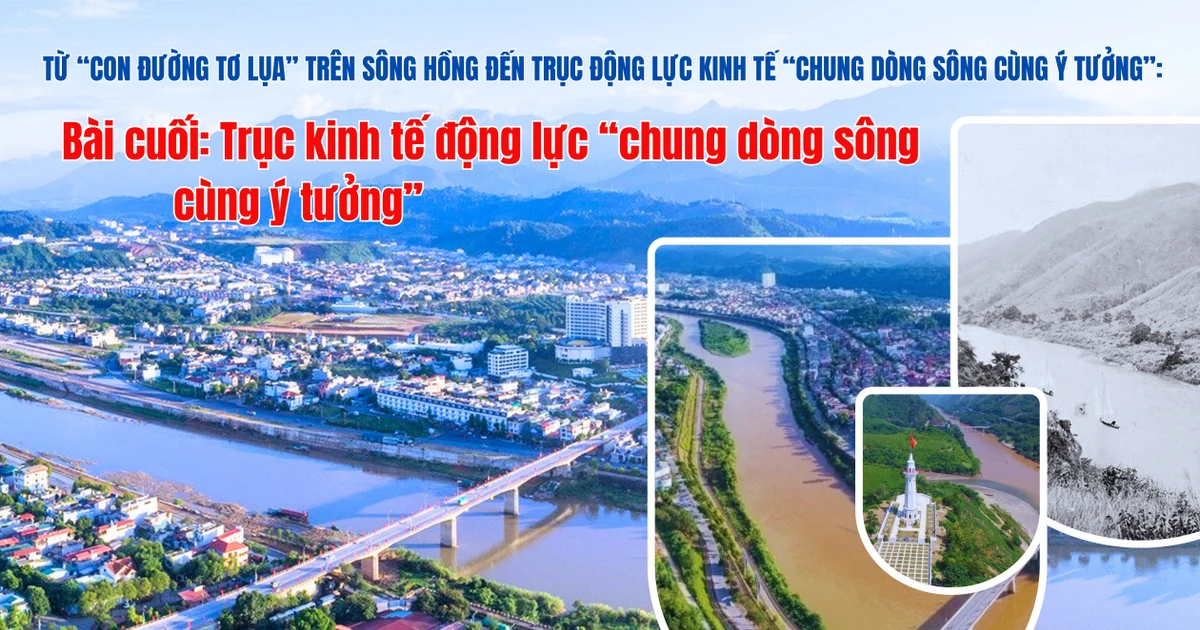



![[Photo] Prime Minister Pham Minh Chinh chairs meeting to urge highway projects](https://vstatic.vietnam.vn/vietnam/resource/IMAGE/2025/3/29/6a3e175f69ea45f8bfc3c272cde3e27a)

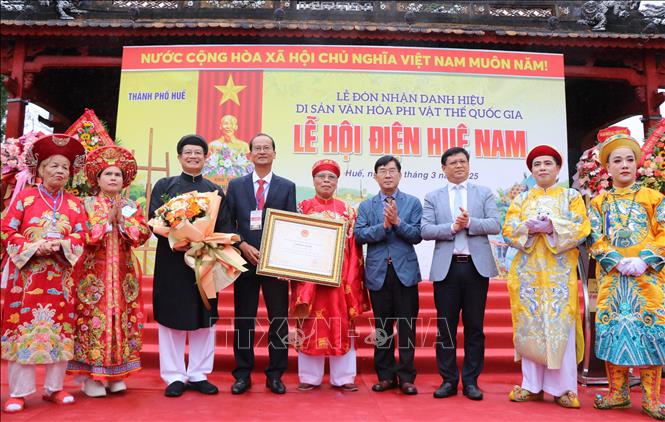

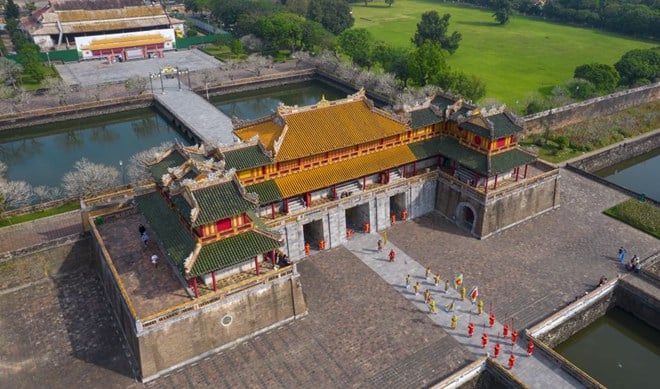

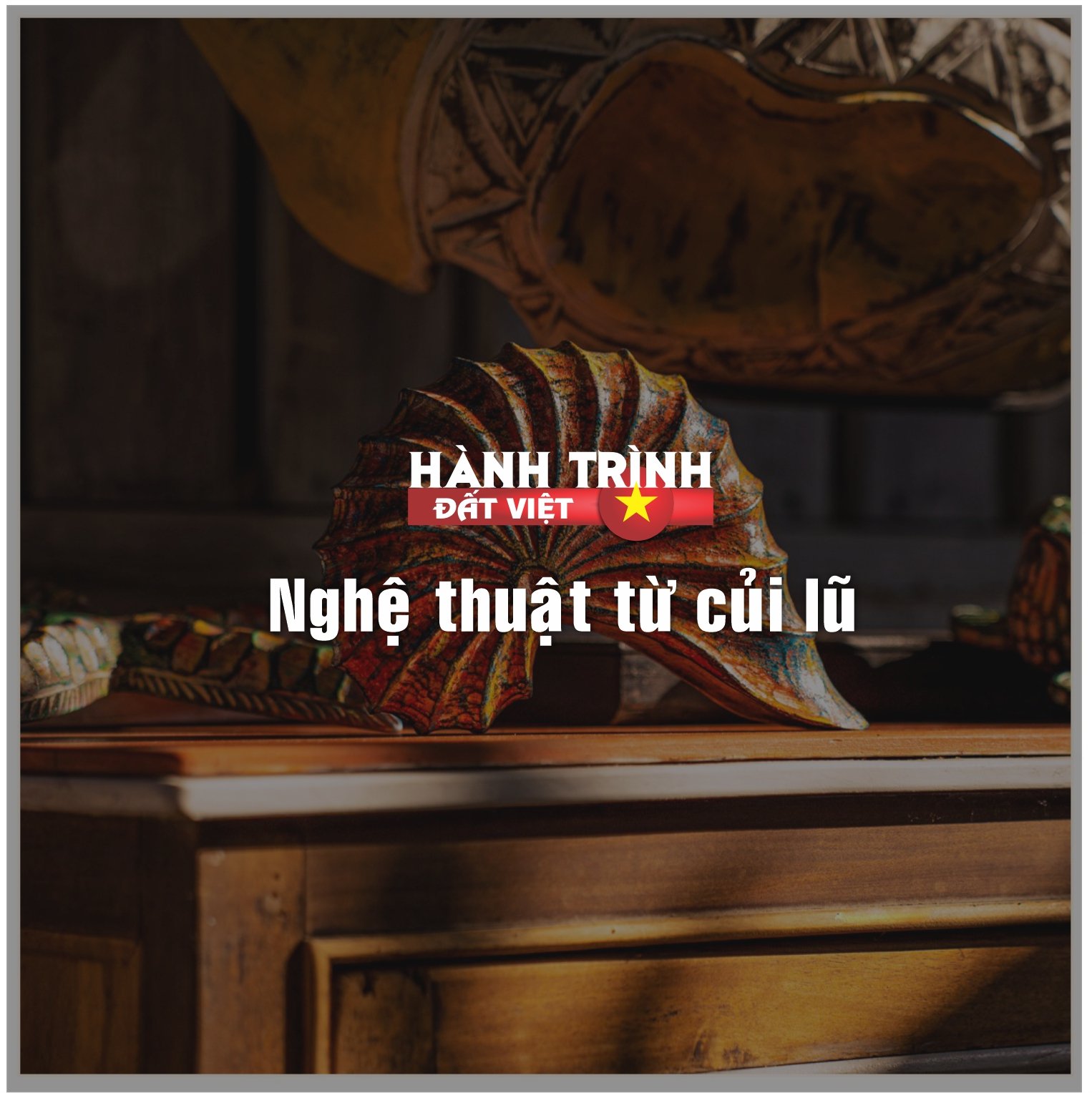











































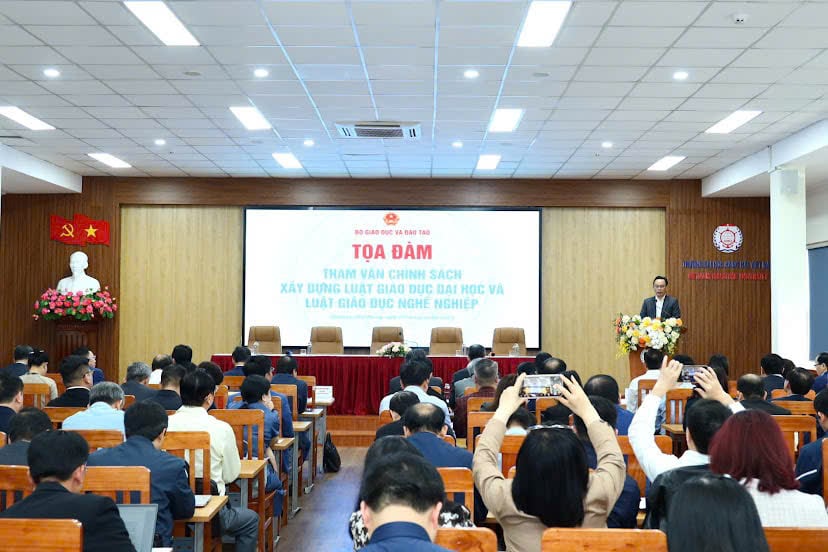






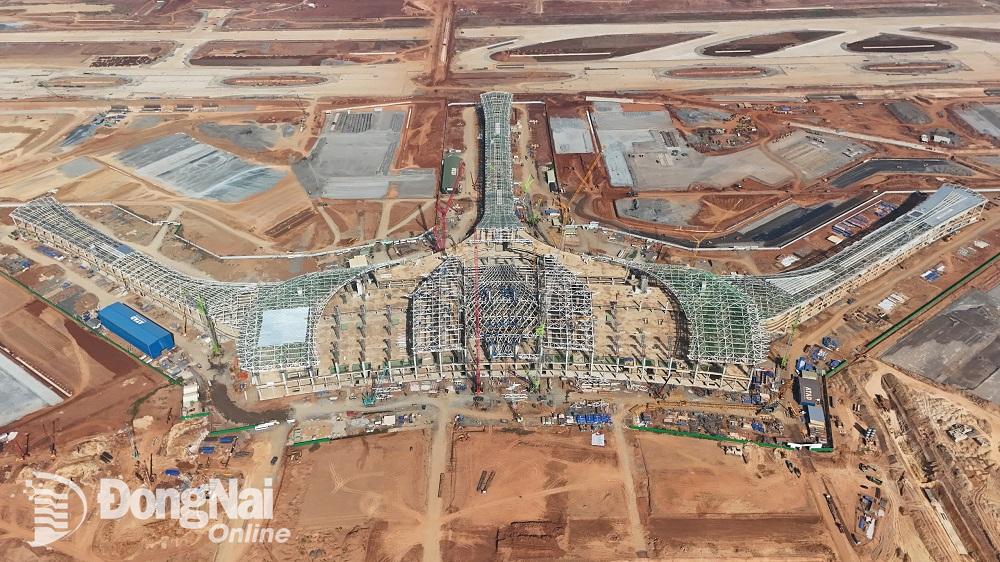



![[REVIEW OCOP] An Lanh Huong Vet Yen Cat](https://vstatic.vietnam.vn/vietnam/resource/IMAGE/2025/3/27/c25032328e9a47be9991d5be7c0cad8c)









Comment (0)